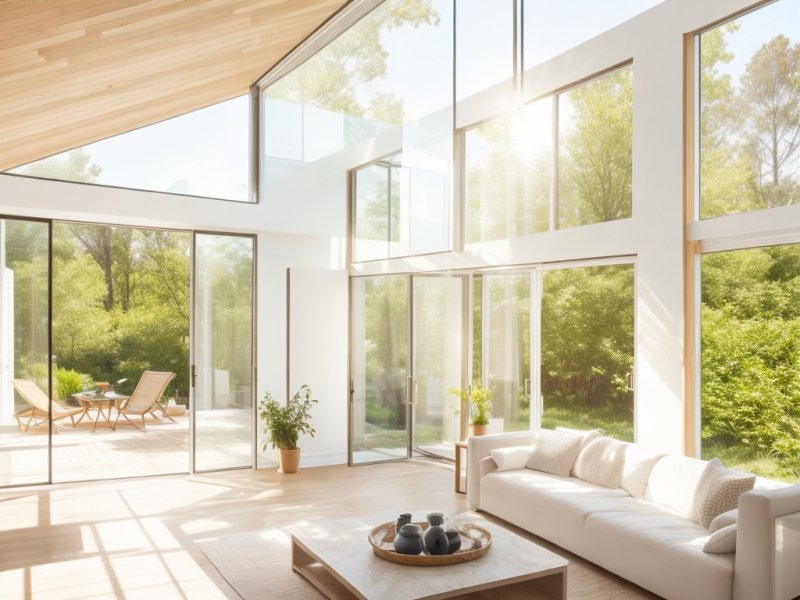
Natural light is a powerful and often underrated element that can significantly impact the atmosphere and functionality of residential interiors. Apart from its aesthetic appeal, harnessing the power of sunlight can enhance well-being, reduce energy costs, and create a more inviting living space. In this blog, we will explore the essential role of natural light in interior design and provide practical tips to maximize its benefits within your home.
Natural light offers a myriad of advantages, both for occupants and the environment. It enhances mood and productivity, improves sleep patterns, and positively impacts our circadian rhythms. Additionally, abundant sunlight reduces the need for artificial lighting, thereby lowering electricity consumption and cutting down utility bills. Incorporating natural light in your interior design can be an eco-friendly choice and an investment in your overall well-being.
The orientation of your home plays a pivotal role in determining the amount of sunlight it receives throughout the day. South-facing rooms generally receive the most sunlight, making them ideal for living spaces where you spend significant amounts of time. East-facing rooms capture the morning sun, creating a refreshing ambiance for breakfast areas or home offices. West-facing rooms receive the afternoon sun, making them suitable for relaxation spaces. Understanding the orientation of your home is the first step to maximizing natural light.
Intelligently positioning windows and skylights can substantially enhance the influx of natural light. Large, strategically placed windows not only offer picturesque views but also facilitate a seamless connection with the outdoors. Skylights are another excellent option, particularly for rooms with limited external wall space. When incorporated in the right locations, skylights can flood interiors with daylight, creating a stunning visual impact.
Choosing the right surfaces can make a significant difference in the distribution of natural light within your home. Opt for light-colored paint or wallpapers that bounce light around the room. Mirrors are also an effective tool to amplify sunlight, as they reflect and disperse light throughout the space. Consider placing mirrors adjacent to windows or opposite reflective surfaces to maximize their impact.
During the interior design process, it's crucial to consider how natural light will interact with the layout of your home. Arrange furniture in a way that doesn't obstruct the path of sunlight into the room. Open floor plans allow light to flow freely and create a more spacious feel. Avoid placing large pieces of furniture near windows, as they may block light and cast shadows.
While maximizing natural light is essential, it's also essential to have control over the amount of light entering your home. Consider installing adjustable window treatments like blinds, curtains, or shades. These can be used to regulate the intensity of sunlight and maintain privacy when needed. Choose light-colored and lightweight materials for window coverings to allow diffused light to filter through even when they are closed.
Designing residential interiors to maximize natural light can transform your living spaces into vibrant, uplifting havens. Embrace the beauty of sunlight and its numerous benefits by strategically planning your home's orientation, incorporating ample windows and skylights, and utilizing light-reflective surfaces. With thoughtful space planning and the right window treatments, you can bask in the warmth and brilliance of natural light while creating an inviting and sustainable living environment. Let the sun illuminate your home and your life!
Share This News